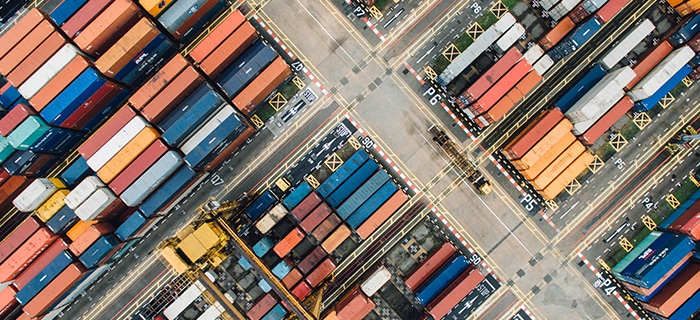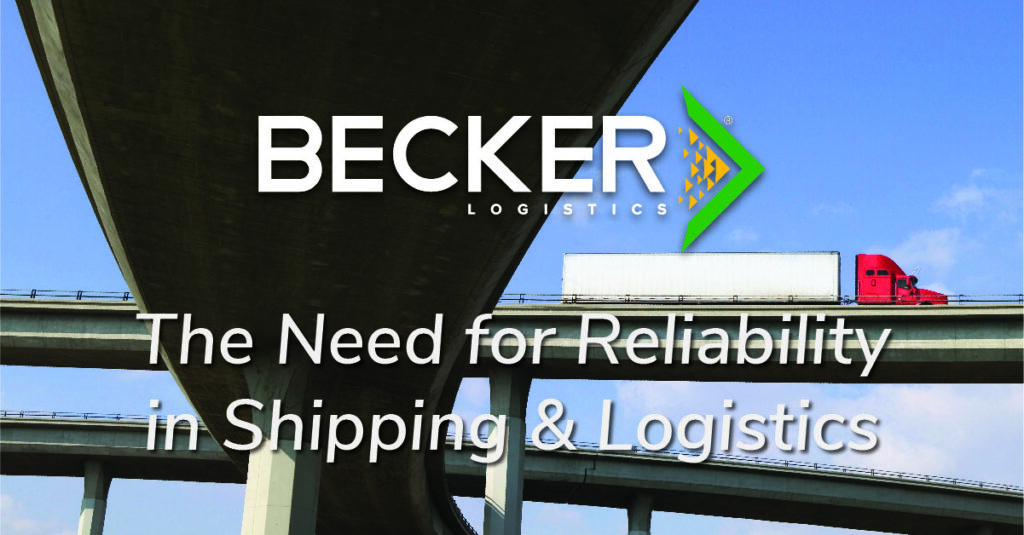Drayage Shipping
| Optimized | Flexible | Reliable |
|---|
Table of Contents
Get your Drayage Quote
Drayage Shipping
Drayage shipping is defined by the transportation of containers not attached to a chassis. The container is transported via truck and usually arrives at a port or railyard. Drayage containers are crane lifted onto a chassis which are then attached to trucks and delivered. Drayage delivery is typically made within 100 miles of the port/railyard to maintain savings.

Benefits Of Drayage Shipping
Reduce carbon footprint
Using a container hauling service is a great way to reduce your carbon footprint. With drayage, your shipment is being transported in a more fuel-efficient method before being delivered via truck for the final stretch.
Easy drop-offs
There is a high degree of easability that comes with dropping off drayage shipments. Since the container detaches from the chassis there are times that the truck doesn’t even need to pull up to the loading dock. This allows for more on-time shipments and reduces possible accessorial charges.
Save Money
By using drayage for the long distances and the trucks for the shorter amount you are able to save a considerable amount of money. This is because, by the mile, rail is cheaper than over the road.
Price Affecting Factors of Drayage Shipping
Container hauling services involve a couple of additional factors that standard truck load or LTL don’t have to worry about. These factors end up making an impact on the final price of the shipment. Therefore, it is important to partner with a drayage broker that you can trust, some of these factors are:
Chassis rental – Trucking companies usually do not own the drayage chassis which means that they must be rented. Rental charges are typically by the day so it is important to stick to a schedule when shipping drayage.
Accessorial charges – There is a lot of possible accessorial charges associated with drayage services, included but not limited to: chassis split, pre-pull fee, hazmat fees, triaxle, and more…
Ship with Becker Logistics
Over 23 years of experience
40,000+ partnered carriers
Information Needed for a Drayage Quote
Pick up and drop off is very big in drayage. Most drayage shipments are typically delivered within 100 miles of the location that the container originally picked up from. Another important piece of information is the last free day. The last free day is the last day available to pick up the container from the port or yard before fees are applied. The last free day is typically 48 hours after notification that the shipment has arrived. However, this time can vary so it is important to be in communication with your drayage broker.

Specialty Drayage Services
- Reefer drayage – Reefer drayage, like all other reefer shipping, is able to keep your freight at a certain temperature so that it does not spoil or become waste.
- Alternate Sizes/weight – Intermodal containers can come in all sizes, the common trailer sizes are 20’, 40’, and 53’. There are also overweight drayage options available but may require additional permits and specialty shipping.
- Hazardous Drayage – Hazardous material can be shipped via drayage and comes with the additional fees typically associated with hazardous shipping.
Tips For Drayage Shipping
If you are new to shipping drayage then it is important to know and expect the additional accessorial and fees. Most importantly, you should know the last free day which will all have an impact on your budget. Additionally, have a tight schedule planned out to avoid additional fees, this is especially true if you are doing a live load. There is typically a buffer for running over the clock a little bit but after that fees will start to hit. Lastly, when using a container hauling service, you can never send too much information to the company you are working with. There are a lot of moving parts with drayage, so it is good for everyone to be on the same page.
Drayage FAQs
- How can I avoid some of the accessorial charges related to Drayage?
Most of the charges can be avoided by having a solid plan laid out and by working with someone that knows what they are doing so be sure to work with a drayage company that has experience.
- Is there any way around the chassis rental fee?
Some shippers do own their own chassis for drayage shipments but they are typically more expensive so it’s usually not worth seeking them specifically. Overall, go with a trusted carrier and you will be taken care of.
- What's the difference between Intermodal and Drayage?
Drayage typically involves intermodal transportation, however intermodal does not always include drayage. To find out more, check out this blog post on the differences.



